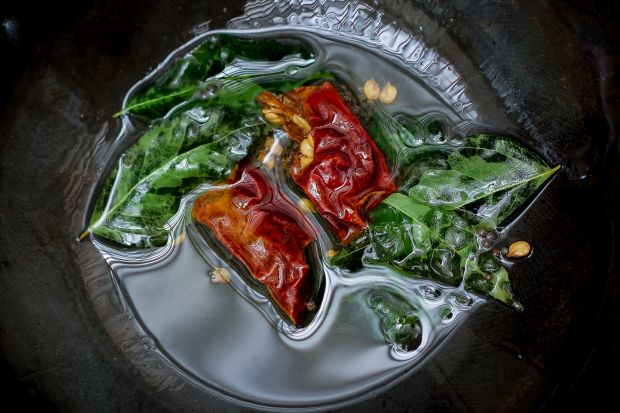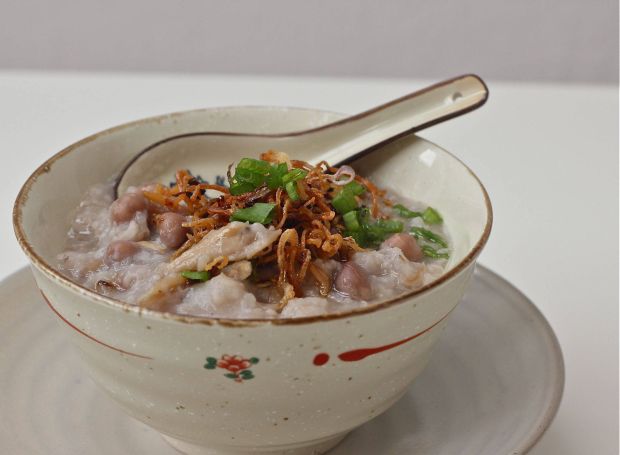WHEN it comes to Indian curries, some people may shy away from making them at home because of how complex the dish sounds or looks.
There is a wide variety of curries in India. Different regions in India have different types of curry. However, they all share the same basic techniques when it comes to making them.
“Perfecting a curry is not as complicated as people may think,” says Chef Sapna Anand, a renowned chef who puts a modern twist to traditional Indian dishes.
Chef Sapna shares four important steps that will make you a curry pro in no time.
1. Tempering spices
Tempering spices basically mean heating them in oil to release their fragrance and flavours. Different curries require different types of spices. North Indian curries typically use cloves, cinnamon, green cardamom, coriander seeds, red chillies, cumin, turmeric, and black pepper.
South Indian curries usually only include fennel, turmeric, curry leaves, cumin, red chilli and black pepper. They use dried red chillies in chicken curries and green chillies in vegetarian curries.
Black pepper, known as the king of spices, and cumin are used in all curries. So, these two spices are a must-have in every household when it comes to curries.
Tips when using spices:
– Always remember to use them in moderation. You wouldn’t want any spice to overpower another. Same goes to when using chillies, if your curry is too spicy, it will block out the taste of the rest of the spices.
– Cook your spices in a pan with oil until fragrant using low to medium heat. It is very easy for the spices to burn, so make sure you only cook them for one to two minutes. If your spices are burnt, it will bring a bitter taste to your curry.
2. Sautéing
Once tempering is done, sauté the spices with onions until translucent. Next, add in equal parts of ginger and garlic paste. This will add flavour to the base of your curry. Mix well and, finally, add tomatoes. You can use any type of tomatoes from puree, diced or just fresh whole ones. It is very important to cook your tomatoes thoroughly to release the sweet taste of the tomatoes and to diminish the acidic taste in uncooked tomatoes.
How can you tell when your tomatoes are ready? When you start seeing oil seeping through the side of your pot, the tomatoes are ready. You can now move on to the next step.
3. Add powdered ingredients
If your recipe requires powdered ingredients like curry powder, turmeric powder and/or chilli powder, this is the time to add them. The most common mistake to a curry is that people tend to use way too much curry powder. Remember to add them a little at a time.
Mix well until it becomes a paste. You can store the paste for up to two days if you do not want to serve the curry immediately.

4. Add in meat or vegetables, water and seasoning
Now, add in your preferred meat or vegetables. Cook them thoroughly and then add in water. If you want your curry to be thicker, add less water.
Lastly, add your seasonings to taste.
Tips on seasoning:
– It is better to season your curry twice; while cooking your meat and after your curry is done. Add them in moderation.
– If you find your curry too spicy, you can still salvage it by adding in plain yogurt to tone down the spiciness.
Here are three curry recipes you can try for the upcoming Deepavali celebrations:
1. Smoked Chicken Curry. Click here for recipe.

2. Quick and Easy Prawn Curry. Click here for recipe.

3. Lamb Shank and Apricot Curry. Click here for recipe.

Chef Sapna Anand published a cookbook, New Indian Kitchen, which is available at MPH bookstores. All pictures are courtesy of Sapna Anand.






